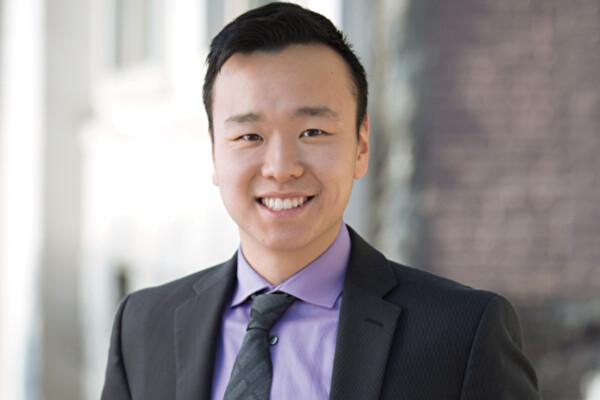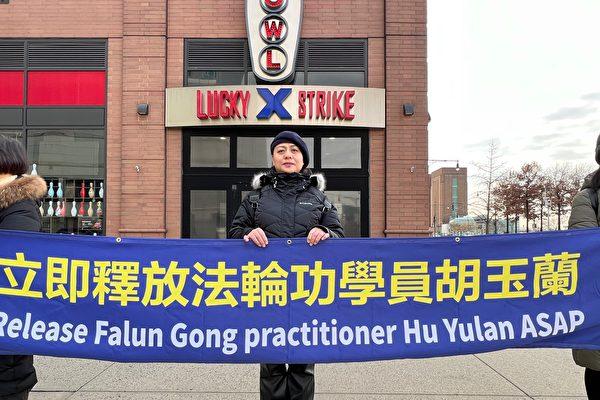One evening in mid-May 1997, a Russian-made helicopter flew over the border of Laos and China. Yao Cheng, a 37-year-old lieutenant colonel of the Chinese naval command center, sat next to the pilot, quietly watching the scenery below.
Outside the window, the lush tropical jungle was surrounded by deep blue mountains. The setting sun illuminated the treetops. A grand palace, hidden in the woods, radiated an alluring light. Yao had never seen such beautiful scene before, nor would he ever again.
The Russian Kamov Ka-28 helicopter was the world’s most advanced anti-submarine helicopter at the time, and Yao had just procured one from Laos. The Chinese navy would reverse-engineer the chopper and copy the technology.
Yao was thrilled at the thought of the copied helicopter one day flying alongside a Chinese guided-missile destroyer. But what he never anticipated was that after he completed the top-secret mission to obtain the helicopter, he wouldn’t receive any form of an award from the Chinese regime. Instead, Jiang Zemin, then-general secretary and head of the Chinese Communist Party, personally ordered that Yao be arrested. In 1998, Yao was sentenced to seven years in prison.
The Mission
Yao, whose former name was Tan Chunsheng, now lives in Los Angeles. In an extended interview with the Chinese-language Epoch Times, he told the story of how he came to procure high-tech military technology for the Chinese regime, only to be punished for it.
In 1993, the Chinese navy established the “933 office” to prepare funds to purchase two guided-missile destroyers and 24 Kamov Ka-28 helicopters from Russia. Yao worked in this office.
“This ’Kamov-28‘ helicopter was unique in the world. The price quoted by Russia was $6.5 million,” Yao said.
The Russian helicopter was far more advanced than the one China was producing at the time.
The Kamov Ka-28 was smaller in size but more powerful. In those days, two helicopters were usually needed to attack a submarine, one equipped with sonar and magnetic exploration to search for the submarine, the other with a torpedo to attack, which was very inefficient. The Kamov Ka-28 was capable of both searching and attacking at the same time.
So the navy prepared to purchase the Kamov Ka-28 from Russia. However, two years of negotiations were unsuccessful. In 1996, Taiwan held its first democratic elections for president and Lee Teng-hui won. Russia knew the Chinese regime would be upset about the island—which it claims sovereignty over—electing its own leader, and would seek to bulk up its military for a potential invasion. Russia took the opportunity to raise the helicopter price to $13.5 million.
At this time, the navy and state-owned manufacturer Harbin Aircraft Manufacturing Corp. (HAMC, now known as Harbin Aircraft Industry Group, or Hafei) wanted to resort to stealing technology, a well-known tactic. Yao said that from his observations working in the military, all weapons technology for China’s national defense were obtained from foreign companies and then copied.
The task of stealing the plane fell to Yao. He had graduated from China’s Naval Aeronautical Engineering Institute in 1982 and quickly rose through the ranks to the Naval Air Force command center. He was highly valued by the naval commander, Shi Yunsheng.
“For this mission, they gave me another identity,” Yao said. He was sent to Harbin City, posing as a senior engineer in the helicopter division of HAMC. He was assigned to partner with a special agent in the Ministry of State Security, China’s chief intelligence agency, who had been a spy in Russia.




